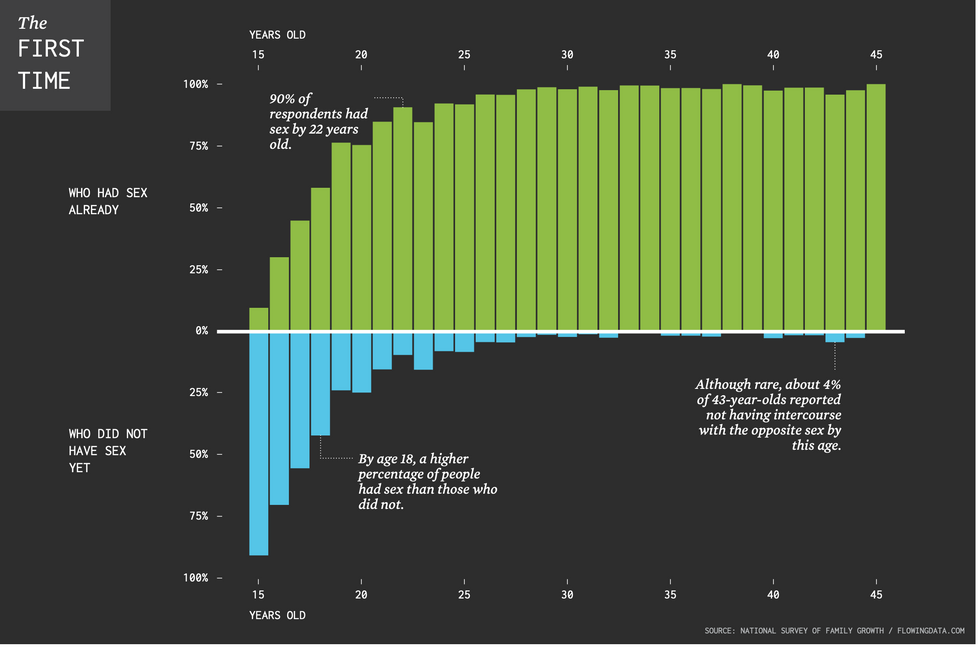Being a firstborn is a bit hard, but being a firstborn daughter is harder, shows science. More often than not, an elder sister in a house tends to grow up faster to take care of her younger siblings as she is expected to act as a role model for them. This dire need to be the caretaker of siblings now has a name - "eldest daughter syndrome." While this phenomenon does not have any physical diagnosis, a new study has helped to reveal fresh evidence for it.

Echoing the sentiments of being the eldest child, author Y.L. Wolfe feels that the "eldest daughter syndrome" is a real concept, as per a report from HuffPost. Wolfe talked about being the eldest kid in her house, "By the time my youngest brother was born when I was almost 11, I was overwhelmed with feelings of responsibility for his welfare. I used to sit by his crib and watch him sleep to ensure he was safe."
Joining the debate, a research team from the University of California, Los Angeles has pointed out that first-born daughters tend to mature earlier in specific scenarios, enabling them to help their mother with the younger siblings. To back this theory, researchers found that there is a correlation between early signs of adrenal puberty in first-born daughters and their mothers having experienced high levels of prenatal stress.
While normal puberty is when a child's body grows and develops into a young adult body, adrenal puberty is when the adrenal glands (small glands on top of the kidneys) cause the first signs of puberty. For girls, it usually takes place between the ages of 8 and 13.
Adrenal puberty processes are generally seen in older daughters and are believed to bring social and cognitive changes in a person. Jennifer Hahn-Holbrook, one of the co-authors of the study and an assistant professor of psychology at the University of California, explained the relevance of adrenal puberty as she said, "When times are tough and mothers are stressed during pregnancy, it’s in the mother’s adaptive best interest for her daughter to socially mature at a quicker pace. It gives mom a ‘helper-at-the-nest’ sooner, aiding the women in keeping the latter offspring alive in difficult environments."
However, the process of adrenal puberty does not include breast development or the onset of menstruation for girls (or testicular growth, in the case of boys). The research has further claimed that girls become mentally mature enough to care for their younger siblings while not being physically capable of having their children, which would naturally draw them away from their older daughter's responsibilities. This fast-track maturity process does not apply to older brothers, which means they are off the charts when it comes to early parenting.
Editor's note: This article was originally published on March 20, 2024. It has since been updated.


















 A symbol for organ donation.Image via
A symbol for organ donation.Image via  A line of people.Image via
A line of people.Image via  "You get a second chance."
"You get a second chance." 


 36 is the magic number.
36 is the magic number. According to one respondendant things "feel more in place".
According to one respondendant things "feel more in place". 
 Some plastic containers.Representational Image Source: Pexels I Photo by Nataliya Vaitkevich
Some plastic containers.Representational Image Source: Pexels I Photo by Nataliya Vaitkevich Man with a plastic container.Representative Image Source: Pexels | Kampus Production
Man with a plastic container.Representative Image Source: Pexels | Kampus Production
 Canva
Canva It's easy to let little things go undone. Canva
It's easy to let little things go undone. Canva
 Teens are waiting longer than at any point in the survey’s history. Canva
Teens are waiting longer than at any point in the survey’s history. Canva Chart on the age of a person’s first time having sex.National Survey of Family Growth/flowing data.com | Chart on the age of a person’s first time having sex.
Chart on the age of a person’s first time having sex.National Survey of Family Growth/flowing data.com | Chart on the age of a person’s first time having sex.
 Kids know the good adults from the bad.
Kids know the good adults from the bad.